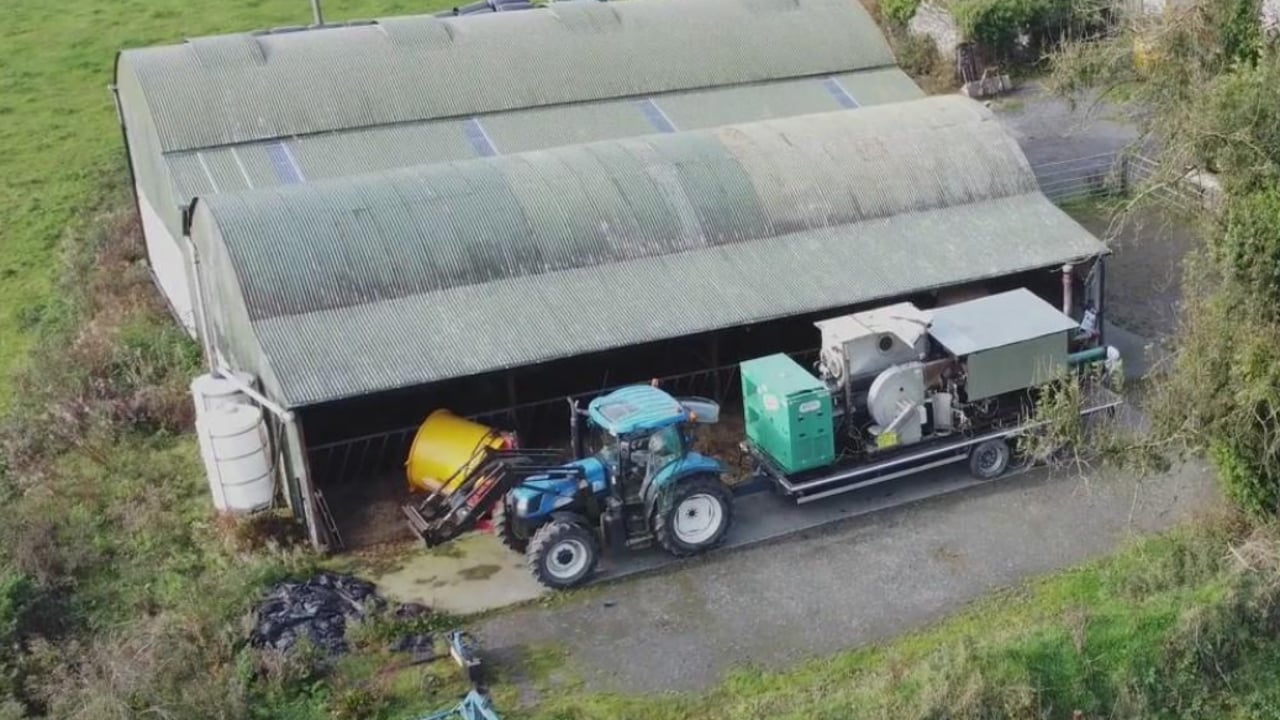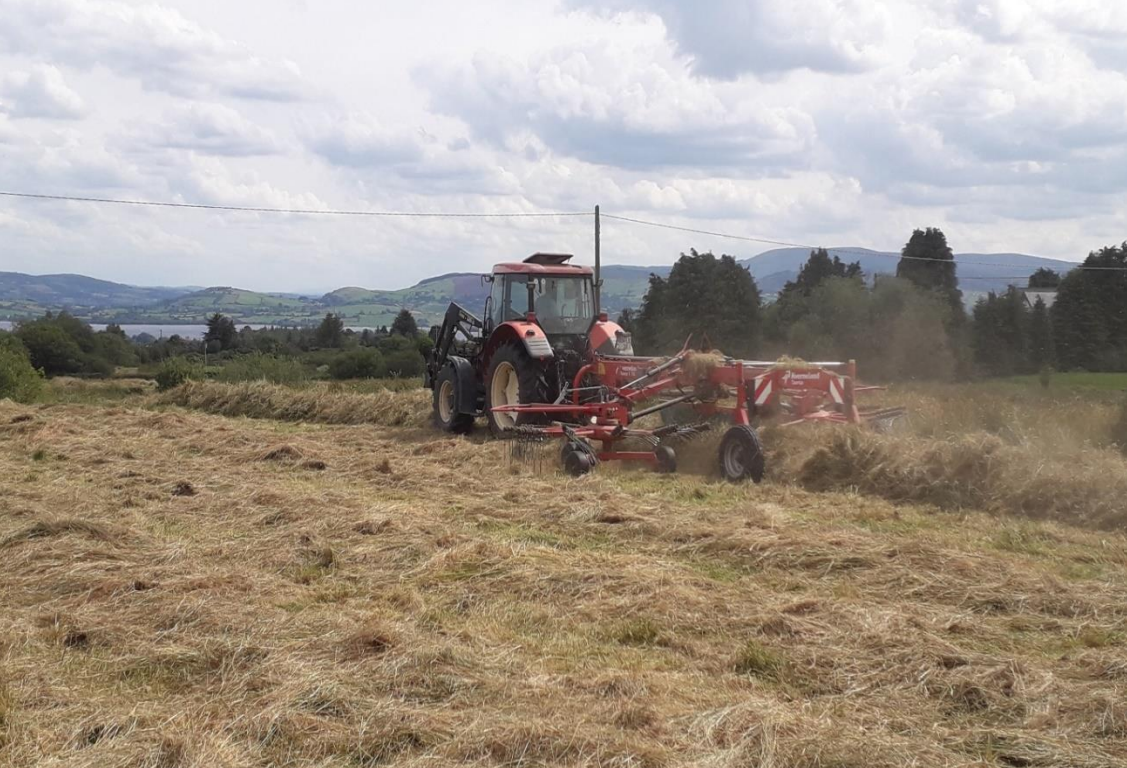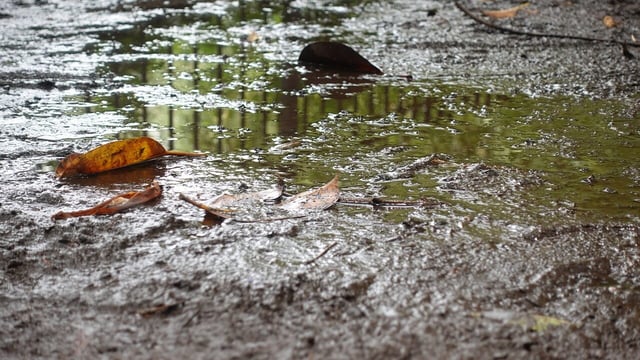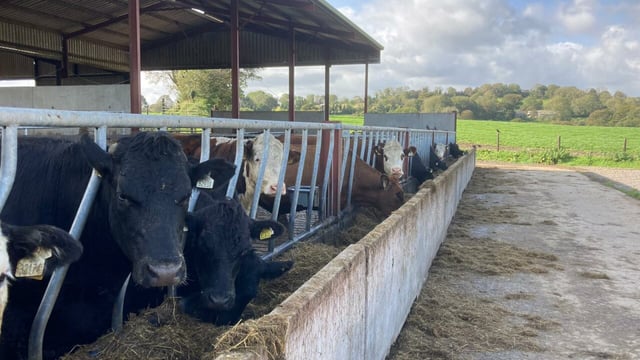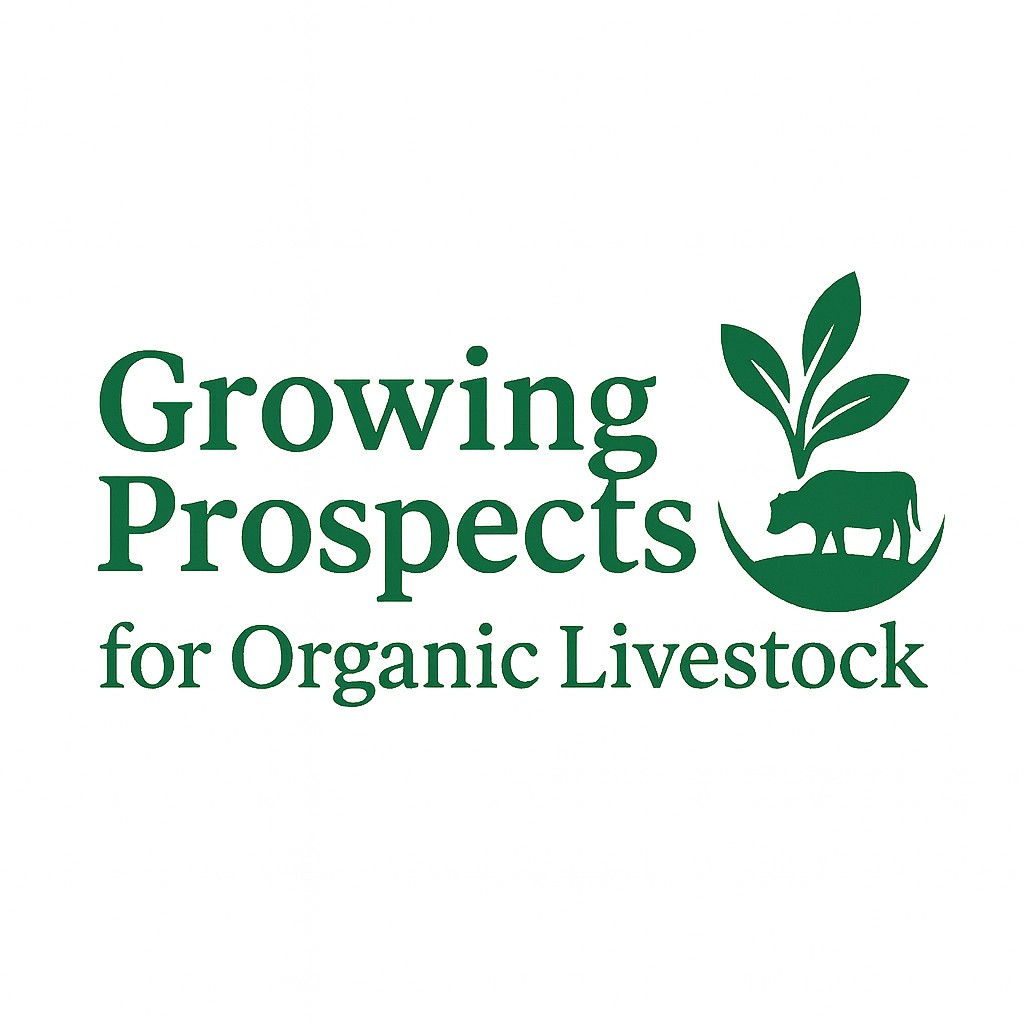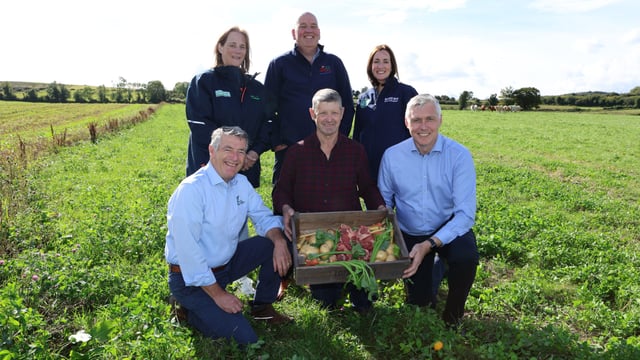Reducing emissions from slurry using biochar made from rushes
The production of biochar from rushes presents "readily available" opportunities to remove carbon dioxide (CO2) from the atmosphere, a life cycle assessment (LCA) has shown.
Biochar production from agricultural biomass such as rushes can yield monetary benefits for farmers and has the potential to reduce emissions from slurry management.
Agriland previously reported on the Biomass to Biochar for Farm Bioeconomy EIP-Agri project under the lead of Bernard Carey, for which an LCA study has now been published.
An LCA quantifies the environmental impacts of a product or process throughout its entire life cycle, from raw material acquisition to final disposal.
The study was undertaken to consider the global warming potential (GWP) of several Irish agricultural scenarios for managing unutilised rushes and biochar production.
Biochar is the pyrogenic carbon-rich solid formed through pyrolysis of a biomass feedstock which protects the majority of biomass carbon from microbial decomposition.
Rushes represent an "untapped" biomass resource that currently requires costly resources to control, and which contribute to carbon emissions when left to decompose.
When redeployed to the soil, biochar from unitilised biomass can confer multiple ecosystem benefits driving a bio-economy on and off the farm, the study confirms.
Negative balances of greenhouse gas (GHG) emissions, indicating carbon sequestration, have been calculated for the production and soil application of rush biochar.
These findings of the four-year project, for which rushes were mainly cut in Co. Clare, illustrate the "beneficial" GWP impact of harvesting and bailing rush biomass, the study shows.
Biochar is produced through a process called pyrolysis and a mobile pyrolysis machine. This technology can be efficient at medium to small scale, according to project findings.
This would make it possible to have carbon dioxide removal (CDR) schemes not only at local scale, but also as part of wider rural bio-economies, the LCA study states.
Rush biochar has "excellent" potential to reduce total gaseous losses arising from land application of dairy cattle slurry, and a "tendency" to reduce methane when added to feed.
The production and use of biochar from unutilised biomass on farms has the potential to contribute to domestic and EU climate objectives while maintaining EU food security.
This can be achieved, according to the study, through the following:
- Carbon sequestration and more stable carbon storage arising from biochar production together with its storage in soil;
- Opportunities to remove CO2 from the atmosphere via CDR;
- Reducing total gaseous losses arising from land application of dairy cattle slurry;
- Eco-system service benefits following its application to soil;
- The potential to counteract the GWP impacts from grazed lands and increase the sustainability of grassland management.
The LCA indicates the viability of carbon sequestration in rush biochar and the possibility of more persistent carbon storage through its incorporation in soil.
Harvesting and baling unutilised rush biomass and using it to produce biochar, rather than allowing it to decompose, sequesters -404kg CO2 equivalent (eq) emissions.
These negative emissions and the carbon content of the biochar "indicates" the viability of carbon sequestration of rush biochar and the potential for more stable carbon storage.
Rush biochar production and its application to soil sequestered -397kg CO2eq. Adding rush biochar to slurry prior to land application also achieved negative emissions.
GWP improvements and eco-system benefits when biochar is applied to soil, particularly when combined with organic amendments, include:
- Reduction of GHG emissions from soil;
- Reduction of nitrate leaching and protection of water quality;
- Nutrient retention and stimulation of soil fertility; and
- The use of biochar as a component of fertilisers to reduce the use of chemical nitrogen (N).
The treating of slurry with rush biochar in tanks yielded a 42% cut in methane emissions. Considering full life-cycle emissions, GHGs were reduced by 82-84% when rush biochar was added to slurry.
Land application of biochar represents a "valuable" component of carbon farming through carbon sequestration, the reduction in GHG emissions with further eco-system service benefits.
The following recommendations arise from the LCA of the production and use of biochar from unutilised agricultural biomass in Ireland:
- Further exploration of biochar production and use from unutilised biomass and how this can be scaled up and fine tuned to regional contexts over the longer term;
- Further work to assess the scale of permanent carbon storage potential and CDR opportunities that exist for biochar made from rushes and other unutilised agricultural biomass;
- Further exploration of the use of management strategies in the dairy and beef sectors using biochar;
- Further work to assess the scale of stable carbon storage potential for biochar to meet future EU carbon certification requirements and the National Carbon Farming Framework.
The Department of Agriculture, Food and the Marine (DAFM) is currently leading the development of a National Carbon Farming Framework.
A proposal for a voluntary framework for carbon removal across Europe made by the European Commission in 2022 is also currently being discussed at EU level.

